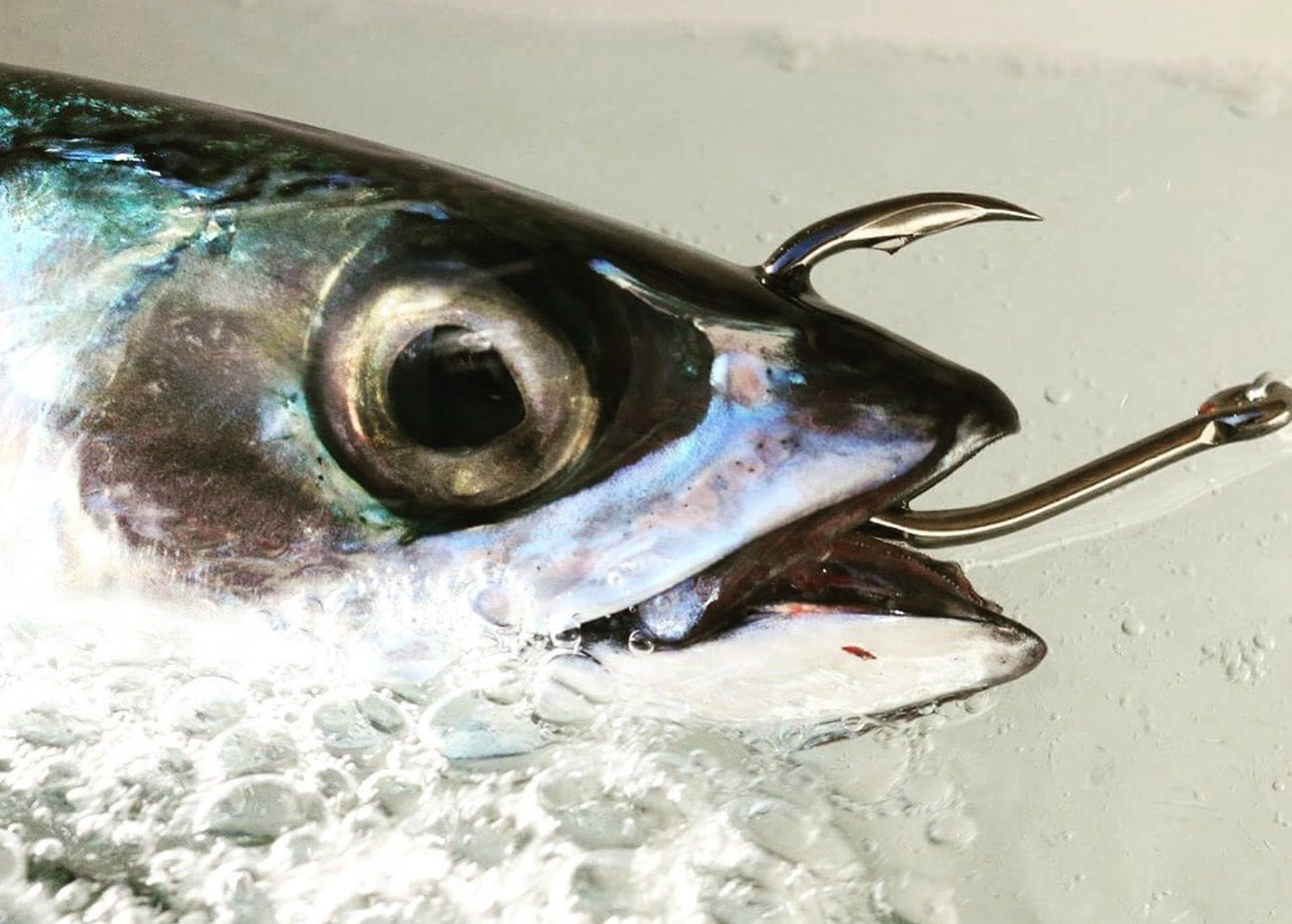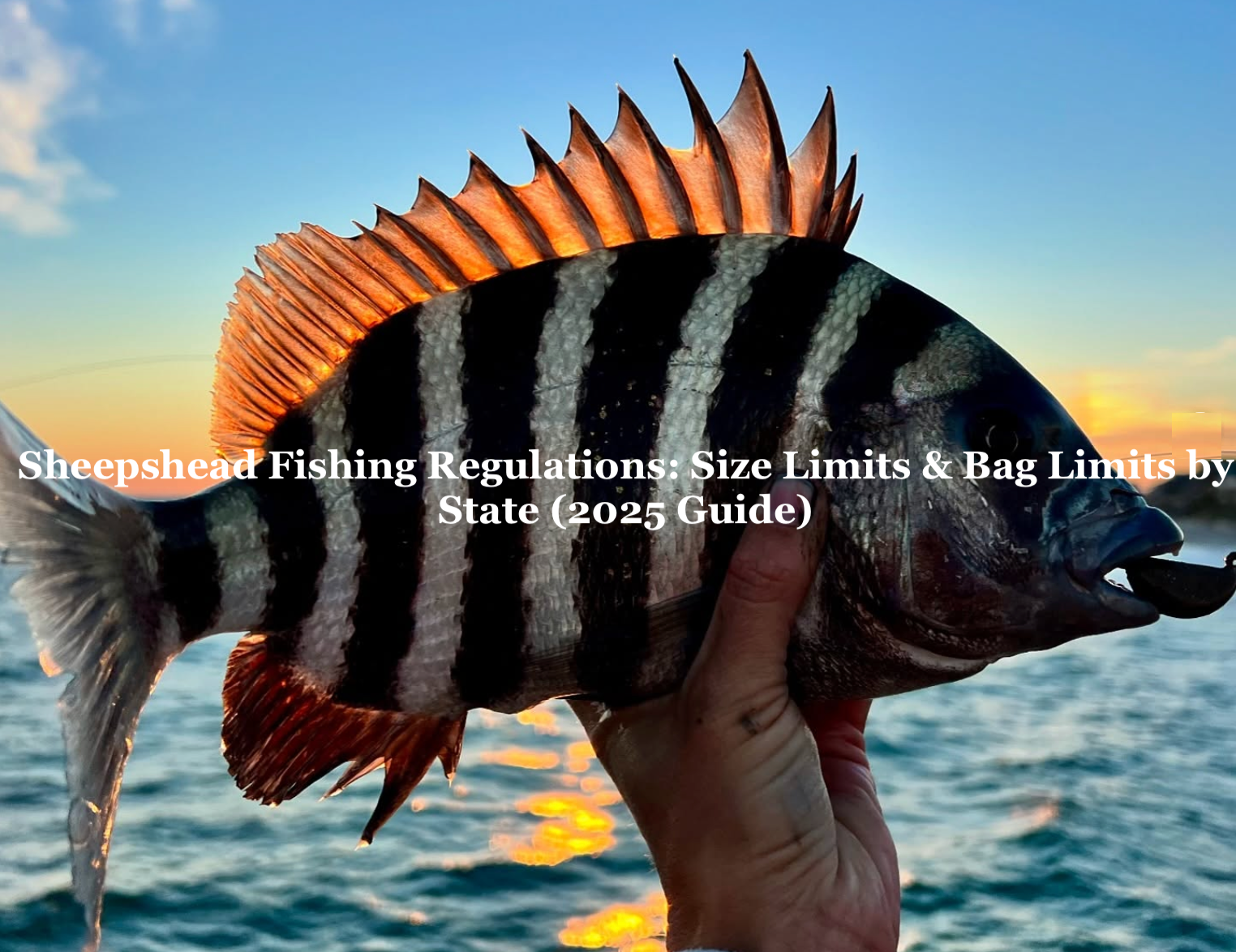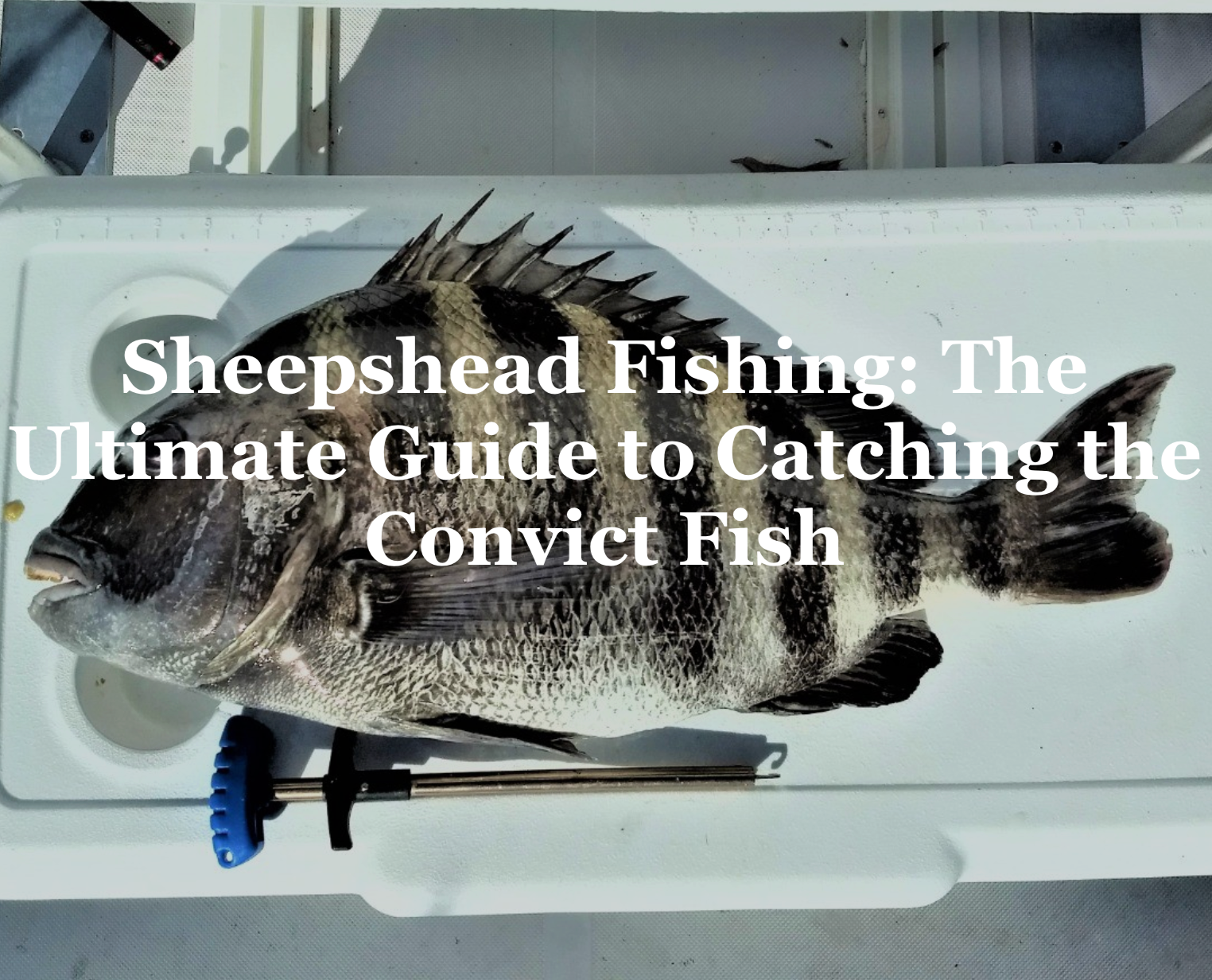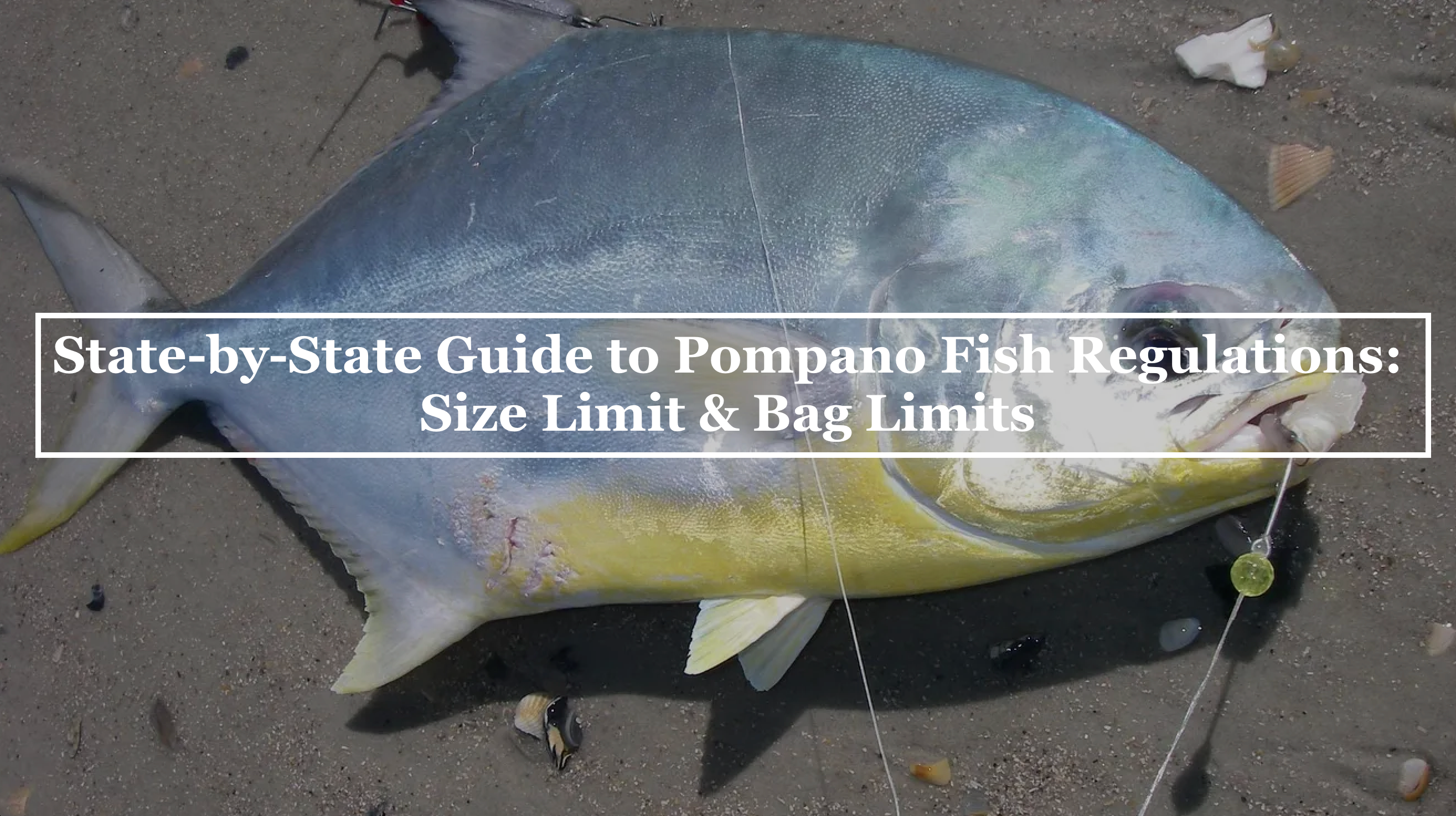Live bait fishing hooks are essential tools for anglers aiming to maximize their success with natural bait. Whether targeting freshwater or saltwater species, the right live bait hook can make all the difference. This comprehensive guide explores what live bait hooks are, how to use them, the best brands, species-specific applications, baiting techniques, and answers to common questions. With a focus on live bait hooks, live bait hook, and best hook for live bait, this blog equips anglers with the knowledge to enhance their fishing experience.
What Is a Live Bait Hook?

A live bait hook is a specialized fishing hook designed to secure live bait, such as shrimp, minnows, or worms, while keeping it alive and moving naturally to attract fish. These hooks typically feature a sharp point, a short shank, and a wide gap to ensure secure hooksets without harming the bait. Live bait hooks come in various sizes and strengths, tailored for different species and environments. For example, a lightweight hook suits small bait for panfish, while a 4x strong hook targets larger saltwater species. Their design minimizes bait mortality, making them ideal for presenting lively, enticing bait to wary fish.
How to Use Live Bait Hooks

Using live bait hooks effectively requires precision and care to keep bait lively and appealing. Start by selecting a hook size that matches your bait and target species—smaller hooks for minnows, larger for shrimp or crabs. Thread the hook through the bait carefully, avoiding vital organs to maintain its natural movement. For example, hook minnows through the lips or back for free swimming. Tie the hook to your line using a strong knot, like the Palomar or Uni, to ensure a secure connection. Position the hook in the water column based on your target species, using weights or floats as needed. Regularly check your bait to ensure it remains active, replacing it if it loses vitality. This approach maximizes the hook’s effectiveness, drawing strikes from fish drawn to lively bait.
Best Hook for Live Bait

Choosing the best hook for live bait depends on quality, durability, and brand reliability. Trusted brands like Mustad, Gamakatsu, and Trokar offer hooks designed for specific live bait applications, ensuring sharp points and strong materials. Brand reputation matters because high-quality hooks resist corrosion, maintain sharpness, and withstand the pressure of big fish. Investing in reputable brands guarantees better hooksets and fewer lost fish, making them essential for serious anglers targeting diverse species with live bait.
Mustad Live Bait Hooks
Mustad live bait hooks are renowned for their durability and versatility. Featuring ultra-sharp points and corrosion-resistant coatings, models like the Mustad Classic Live Bait Hook suit both freshwater and saltwater fishing. Available in sizes from 1/0 to 8/0, they accommodate baits like worms, shrimp, or minnows. Their forged design ensures strength, making them a top choice for anglers targeting bass, redfish, or even larger species like tarpon.
Gamakatsu Live Bait Hooks
Gamakatsu live bait hooks are a favorite for their razor-sharp points and lightweight yet strong construction. The Gamakatsu Live Bait Hook, available in sizes 1 to 10/0, is ideal for presenting shrimp or baitfish naturally. Its black nickel finish reduces visibility, perfect for clear water. Anglers targeting snook, trout, or striped bass rely on Gamakatsu for consistent hooksets and minimal bait damage, enhancing presentation.
Trokar Extreme Live Bait HD Fishing Hook
Trokar Extreme Live Bait HD Fishing Hooks are engineered for heavy-duty applications, boasting surgically sharpened points for instant penetration. Their heavy-duty forged shank handles aggressive fish like sheepshead or snapper. Available in sizes 2/0 to 7/0, these hooks excel with larger baits like crabs or squid. The corrosion-resistant finish ensures longevity, making Trokar a go-to for saltwater anglers seeking the best hook for live bait.
Species to Fish for with Live Bait Hooks

Live bait hooks are critical for targeting various species because they allow natural bait presentation, which mimics the prey fish instinctively strike. These hooks keep bait alive, increasing its appeal to predatory or cautious fish. Whether fishing for freshwater bass or saltwater flounder, the right live bait hook ensures secure hooksets and effective bait movement, boosting success rates across diverse environments and species.
Best Live Bait Hook for Striper Fishing
For striper fishing, the best live bait hook is a 4/0 to 6/0 Gamakatsu Live Bait Hook. Stripers, known for powerful runs, require a strong, sharp hook to penetrate their tough mouths. Hook live eels or bunker through the lips to keep them swimming naturally. The hook’s wide gap ensures solid hooksets, critical when battling stripers in rocky coastal waters or rivers, making it a top choice for anglers.
Best Live Bait Hook for Flounder
Flounder fishing demands a live bait hook like the Mustad Classic Live Bait Hook in sizes 1/0 to 3/0. Flounder prefer bottom-dwelling baits like minnows or shrimp, hooked through the tail to allow dragging along the seabed. The hook’s short shank and wide gap maximize hookup rates on flounder’s small, angled mouths, ensuring effective catches in inshore bays or estuaries where these flatfish thrive.
4x Strong Live Bait Sheepshead Hooks
Sheepshead, with their hard, bony mouths, require a 4x strong live bait hook like the Trokar Extreme Live Bait HD in sizes 2/0 to 4/0. These hooks, built for durability, handle baits like fiddler crabs or shrimp, hooked through the shell or tail. Their extra strength ensures penetration through sheepshead’s tough jaws, making them ideal for fishing around docks or pilings where these fish feed.
Baiting Live Bait Hooks

Properly baiting live bait hooks is key to attracting fish while keeping bait alive and active. The technique varies by bait type, but the goal is to hook the bait in a way that allows natural movement without killing it. Always use a hook size proportional to the bait and avoid piercing vital organs. This ensures the bait remains enticing, increasing your chances of a strike from wary fish.
Shrimp Live Bait Hooks
For shrimp live bait hooks, use a 1/0 to 3/0 Mustad Live Bait Hook. Thread the hook through the shrimp’s head, just above the brain, to keep it alive and swimming naturally. This placement allows the shrimp to kick, attracting species like redfish or flounder. Avoid hooking through the tail, as it limits movement. Shrimp are versatile baits, making this technique effective in both saltwater and brackish waters.
Minnow Live Bait Hooks
Minnows require a 1 to 2/0 Gamakatsu Live Bait Hook for optimal presentation. Hook the minnow through both lips or just behind the dorsal fin to allow free swimming, enticing predators like bass or snook. Lip-hooking suits trolling, while back-hooking works for casting. This method keeps minnows lively, mimicking natural prey and increasing strikes in freshwater or inshore environments.
Crab Live Bait Hooks
For crabs, a 3/0 to 5/0 Trokar Extreme Live Bait HD Hook is ideal. Insert the hook through the crab’s shell near the back corner, avoiding the heart, to keep it alive and scuttling. This setup targets species like sheepshead or permit. The heavy-duty hook withstands the crab’s tough shell and aggressive fish, making it perfect for bottom fishing around structures or reefs.
Bait Hooks - Questions and Answers

What Size Hook Is Best for Live Bait Fishing?
The best hook size for live bait fishing depends on the bait and target species. For small baits like worms or minnows, use sizes 1 to 2/0 (e.g., Gamakatsu Live Bait Hook). Larger baits like shrimp or crabs require 3/0 to 6/0 hooks (e.g., Mustad or Trokar). Always match the hook to the bait’s size and the fish’s mouth to ensure secure hooksets and natural presentation.
Can Live Bait Hooks Be Used in Saltwater?
Yes, live bait hooks are effective in saltwater if made from corrosion-resistant materials like stainless steel or nickel-coated steel. Brands like Mustad and Trokar offer saltwater-ready hooks that resist rust and handle tough species like tarpon or redfish. Ensure the hook’s strength matches the fish and environment for durability and performance.
How Do I Keep Live Bait Alive on the Hook?
To keep live bait alive, hook it carefully to avoid vital organs. For shrimp, hook through the head; for minnows, through the lips or back; for crabs, through the shell’s edge. Use appropriately sized hooks (e.g., 1/0 to 4/0 Gamakatsu) and check bait frequently, replacing it if it becomes lethargic to maintain its appeal to fish.
Are Live Bait Hooks Better Than Circle Hooks?
Live bait hooks and circle hooks serve different purposes. Live bait hooks, like those from Gamakatsu, are ideal for active bait presentation and quick hooksets, suiting aggressive fish like stripers. Circle hooks excel for catch-and-release, as they hook fish in the mouth corner. Choose live bait hooks for lively bait and targeted strikes, circle hooks for passive fishing or conservation.
Why Are Live Bait Hooks So Sharp?
Live bait hooks, such as Trokar’s surgically sharpened models, are designed for instant penetration to secure fast hooksets. Their sharpness ensures the hook pierces tough fish mouths, like sheepshead’s, without excessive force. This is critical for live bait fishing, where natural bait movement triggers quick strikes, and a sharp hook prevents missed opportunities, especially with wary or hard-mouthed species.
Live bait fishing hooks are a game-changer for anglers, offering versatility and effectiveness across species and environments. By understanding their design, mastering their use, selecting top brands, and applying the right baiting techniques, you can elevate your fishing game. Whether you’re targeting stripers, flounder, or sheepshead, the best hook for live bait will enhance your success on the water.






Share:
Fishing Swivels - Ultimate Guide to Sizes, Types, and How to Use Them
Ultimate Guide to Sheepshead Hooks - Sizes, Types, and Bait Techniques